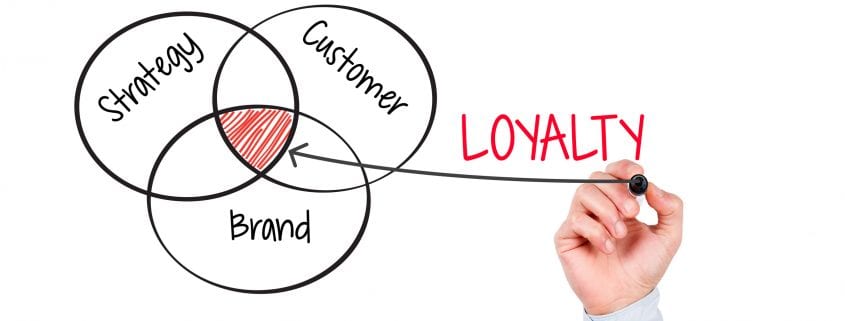
Why You Should Consider Using YouTube Videos For Senior Living Marketing
When it comes to choosing what platforms to leverage in order to reach senior living audiences, you may have skipped over YouTube assuming that this particular platform is aimed at younger audiences. However, this is actually not true. You may want to give YouTube another look as it turns out YouTube videos are an excellent way to reach older audiences. The following are just a few of the reasons why you should incorporate YouTube videos into your senior living content marketing strategy:
1. Seniors Use YouTube Frequently
The idea that YouTube is for younger generations is a misconception that simply isn’t true. In fact, YouTube is the number one video platform of choice for the Baby Boomer generation. According to YouTube’s Trends Dashboard, more than 60 million Baby Boomers over the age of 55 view content on YouTube every month. In fact, four times as many Baby Boomers visit YouTube than people under the age of 18. This means that creating YouTube videos is actually an excellent way to reach your target demographics.
2. Seniors Are Social
By 2013, there were already 39 million people 65 and older that were using Facebook, Twitter, and Skype. At the time, this made them the fastest growing age demographic for these social channels. Considering the fact that there are more senior citizens than ever, incorporating social into your content marketing strategy is a must–and YouTube is a social platform. When you create YouTube videos, you can post them to Facebook, after all. Seniors can then comment, like, and share your YouTube videos, helping to increase brand awareness amongst their social circles, which are likely to be filled with family members as well as friends in the senior citizen age range.

3. Seniors Prefer Visual Storytelling
The best way to reach senior citizens is through the use of visual storytelling (according to multiple studies on the subject). There’s no more effective way to tell a story in a visual manner than through video. For example, you could use video to tell the story of a resident and their journey to find a home at your senior living facility. By making a resident the main character in your video, you would make your content more relatable to your audience.
4. YouTube Videos Allow Pre-Roll Ads
Pre-roll ads have become quite common on YouTube videos. They are the 5 to 30-second spots that run before the video and that usually can’t be skipped until 5 seconds in. While they can be a real annoyance for a lot of viewers, they can actually be very effective if they are relevant to your video content. This is especially true if you already have video content available on your site.
Read More Related Article: 4 Senior Living Video Marketing Ideas That Will Improve Engagement
You can create effective pre-roll ads by cutting short 15 or 30-second spots out of existing video testimonials or video tours of your senior living facility. This way, when someone watches one of your YouTube videos (especially those that are instructional or informative and not promotional), your pre-roll ads will showcase your senior living facility so that they know who you are.
5. YouTube Videos Can Drive Traffic
YouTube isn’t just a platform to host videos. It can be used to help drive viewers to your website for more information. Curate your YouTube page so that you have a lot of YouTube videos audiences can go through, but make sure that it’s obvious that it’s your senior living facility’s page and include a link from your YouTube channel to your website. You should also add links to your video descriptions and clickable links embedded within the videos themselves towards the end. Doing so can help drive a significant amount of traffic to your website.
YouTube videos can be extremely effective at reaching a senior living audience, which is why you should incorporate YouTube into your content marketing strategy. It’s also worth mentioning that YouTube is owned by Google, which means that properly optimized YouTube videos can help to boost your SEO as well, thereby increasing your page rankings and helping to drive more organic traffic to your YouTube channel as well as your main website.















